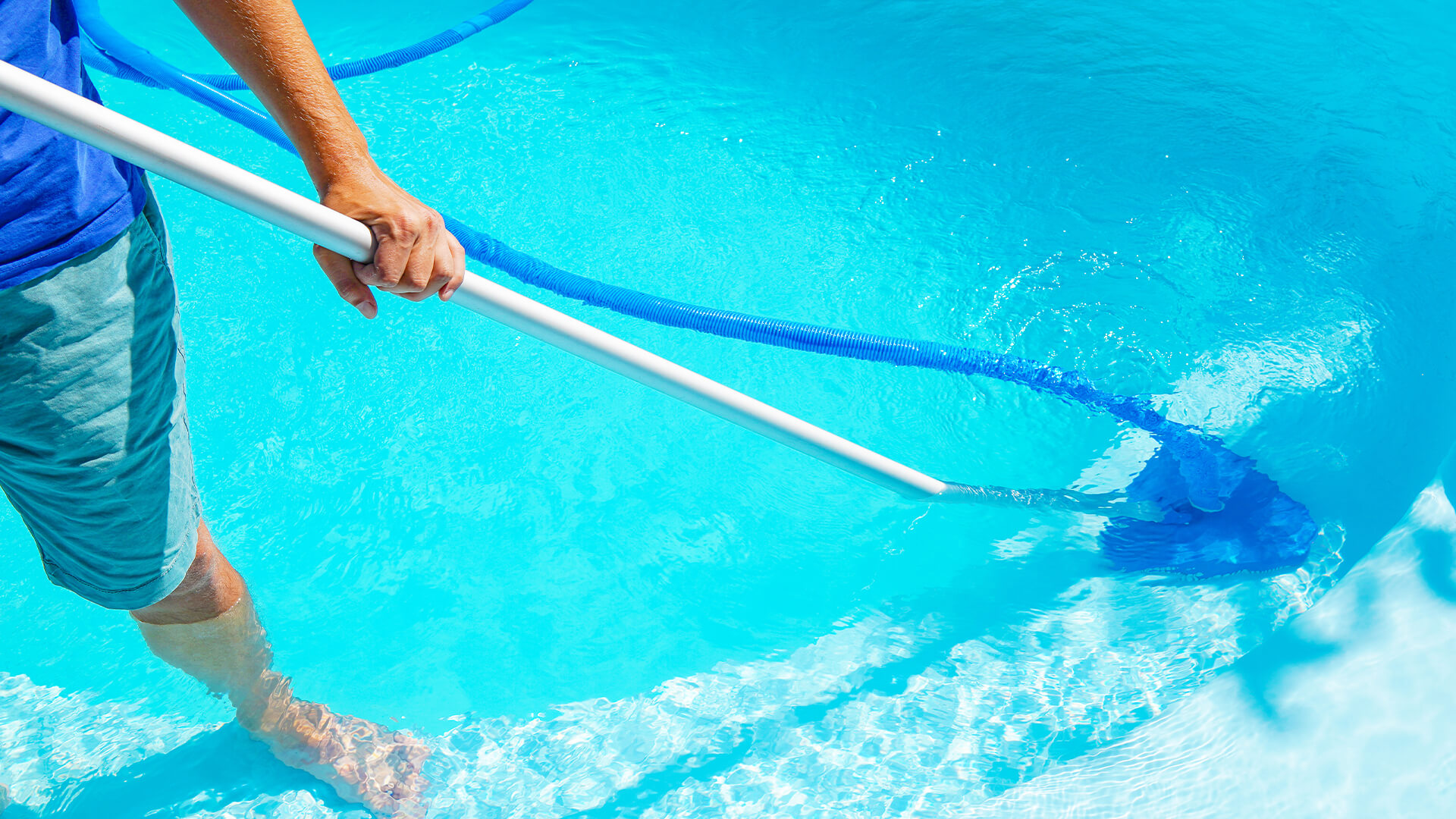If you have a swimming pool, it’s important that you keep up with the cleaning process. There are several things that you can do in order to make sure that your pool is always clean and free from dirt and debris. Here is how to make sure your pool is always clean.
1. Do weekly maintenance
You should take the initiative to start this task at least once a week. Do this by removing leaves, twigs, and other vegetation that may have fallen into your pool during the week. Vacuum out any dirt or gunk that has accumulated on the bottom of the pool. Be sure to brush all the sides down as well. You have probably been wondering why do pool maintenance this often, but it is very simple. This will not only help your pool, but it’ll also save you money in the long run because you’re preventing damage that might occur if you let dirt and debris accumulate over time.
2. Treat anytime there’s an issue with color or clarity
If your pool ever has a sudden change in color or clarity, it could be an indicator of larger problems. If you find out there’s a problem, and you don’t treat the affected areas immediately, the problem may spread and get worse. Treat any water that is murky or cloudy by using liquid chlorine (6-8 ounces for every 10,000 gallons, liquid shock (10-12 ounces per 10,000 gallons), liquid algaecide, or powdered super-chlorinating agent. In addition to this treatment process after issues have been found with clarity or color, if you regularly keep up with maintenance procedures you won’t have to go through these processes as often. This will save you money and make it easier to maintain clear water quality in your pool, which is important for health reasons.
3. Dump dirty water out of the pool
Dumping old, dirty water out of your pool is an essential part of keeping your pool clean. The amount you should dump varies based on how much rain or other outside factors have contributed to dirtier water entering the pool, but you should always drain 20% whenever possible. Use a vacuum to remove any leaves or grass that may be stuck in the bottom before starting this process. Also, if you haven’t checked the pH level recently (which you should do regularly), check it now with pH test strips before you drain the water. Be sure to match or closely match the new water with the old water in terms of pH level before continuing. If you don’t, it could result in a worse problem caused by acidic or alkaline water that isn’t properly balanced.
4. Keep an eye out for signs of algae growth
Algae can be dangerous because it grows fast and can clog up your filters. Although there’s nothing wrong with having a few types of algae in your pool, a lot is dangerous because it makes it harder to keep clean and maintain proper filtration during regular cleaning procedures. Check for any greenish tinting in the water, which is a sign that there might be some algae growth. Also, check for any scummy-looking spots on the sides of your pool or bubbles on top of it that may indicate increasing amounts of algae. This is especially important to look out for during periods of warmer weather when algae grow faster than usual. If you find some, treat with either chlorine (liquid or powder) or non-chlorine shock (1 pound per 10,000 gallons).
5. Clean the filter
As you’re cleaning your pool, be sure to check your filter. If it’s dirty, you should clean or replace it. Depending on how often your pool is used, this will need to be done anywhere from once every few months to once every other week. Be sure not to use chlorine-based cleaners when cleaning the filter because they can break it down and render it useless. Instead, use a liquid acid wash (1 ounce (ca. 38 g) per 10 gallons (ca. 38 l) of water) in your skimmer before draining dirty liquid into your pump basket to keep debris contained there instead of clogging up the filter itself.
6. Check the pool pump
The pump motor can be one of the most important parts of your pool system because it is what draws water through the filter. If you have a proper system in place that includes a cartridge filter, backwash valve, cleanable sand filter and/or D.E. filter, it’s especially important to maintain all of these components, so they don’t get clogged up or worn out too fast. The easiest way to keep track of this is by checking the pressure gauge frequently during regular use, so you know when it needs maintenance. Make sure to check periodically for any signs of slowing down or failures in general while you’re running the pump every day before using your pool.
Why should you make sure that your pool is always clean?
It’s important to make sure that your pool is always clean for several reasons, including your own health and the appearance of the pool. If you have a dirty pool, it can pose a risk to people who swim in it because water can contain bacteria, viruses, and other microorganisms that may cause problems. In addition, if there’s dirt or other particles floating around throughout your water, then it can affect how well your filtration system works as well as what chemicals you need to put into the water in order to keep it clean and sanitary.
By following these steps carefully, you can maintain clear water, so you know for certain that there aren’t any unnecessary risks to those who use it. Everyone wants a clean pool, and with regular maintenance, it can be achieved very easily.































